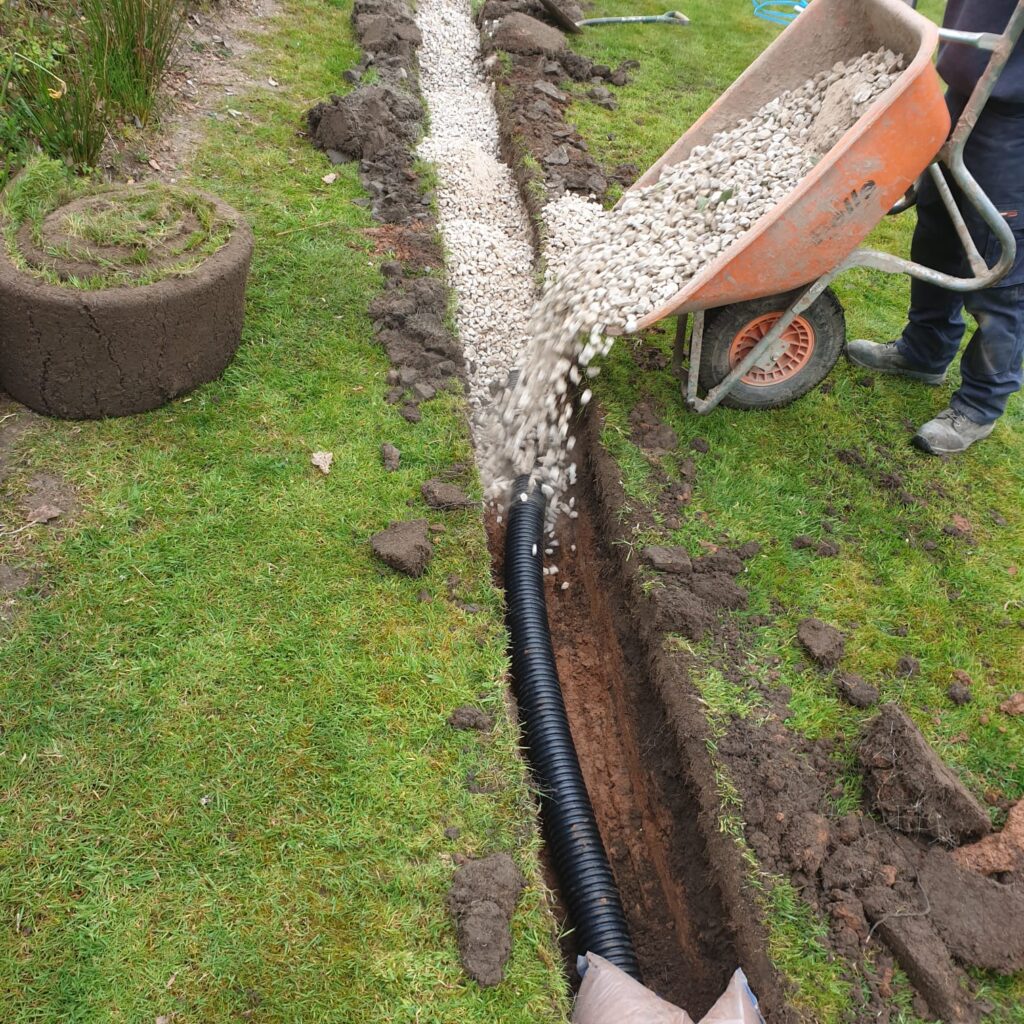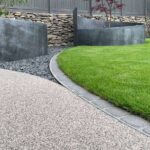Proper drainage is essential for a healthy garden. Without it, excess water can lead to root rot, poor plant growth, and increased vulnerability to pests and diseases. Fortunately, improving drainage for garden is achievable with a few practical strategies.
1. Assess Your Garden’s Drainage Needs
Before making any changes, it’s important to evaluate how well your garden currently drains. You can perform a simple test by digging a small hole about 12 inches deep and filling it with water. If the water takes more than 4 hours to drain, your soil may have poor drainage.
2. Improve Soil Quality
One of the best ways to improve drainage is by amending the soil. Clay-heavy soils, for instance, tend to retain water and drain poorly, while sandy soils drain too quickly, leaving little moisture for plants.
- Add Organic Matter: Incorporating organic matter like compost, well-rotted manure, or leaf mulch into the soil will increase its structure and improve water flow. Organic matter helps to break up compacted soil, allowing water to percolate more easily.
- Use Sand and Gravel: If you have clay soil, mixing sand or small gravel into the soil can also help improve drainage. Be sure to mix it thoroughly to avoid creating a layer that could impede water movement.
3. Create Raised Beds
If your garden has persistent drainage issues, raised garden beds are a great solution. By elevating the soil above ground level, you create a better-draining environment for plants. Raised beds allow excess water to flow off the sides, preventing root waterlogging. You can build them with wood, stone, or even brick.
4. Install Drainage Systems
In areas with severe drainage problems, consider installing a drainage system to direct water away from your garden. Some options include:
- French Drains: A French drain is a trench filled with gravel or rock, with a perforated pipe running through it. It helps redirect excess water away from your garden.
- Dry Wells: If your garden sits at a low point, a dry well can collect and store excess water, allowing it to gradually seep into the ground.
- Surface Drains: For areas that regularly pool water, surface drains can be installed to carry water to a different part of the garden.
5. Improve Slope and Grading
Water will naturally flow downhill, so grading your garden to create a slight slope can help improve drainage. Ensure the slope directs water away from plant beds and garden structures. You can use berms or small hills to create a better gradient, ensuring that water flows away from sensitive plants and structures.
6. Mulch Your Garden Beds
Mulching is another effective way to improve drainage and protect your plants. A thick layer of mulch (such as wood chips, straw, or bark) prevents water from evaporating too quickly, keeping soil moisture at the right level. It also improves soil structure over time, enhancing its drainage properties.

7. Avoid Overwatering
One of the most common drainage problems in gardens is overwatering. Be mindful of how much water your garden needs. The ideal frequency depends on the type of plants you have, the climate, and the season. Ensure your irrigation system is set to deliver just the right amount of water, and consider using soaker hoses or drip irrigation to water deeply without creating waterlogging.
8. Choose the Right Plants
Not all plants require the same drainage conditions. Some plants thrive in soggy soil, while others prefer well-draining environments. Choose plants suited to your garden’s natural drainage. For example, succulents, lavender, and certain herbs are ideal for dry, well-drained soils, while ferns and marsh plants like to sit in moist conditions.
Conclusion
Improving drainage in your garden is a combination of practical techniques and ongoing care. By assessing your soil, improving its structure, installing drainage systems, and considering the needs of your plants, you can create a healthy, thriving garden free of waterlogging issues. With these steps, your garden will flourish year-round, even in the face of heavy rain.


